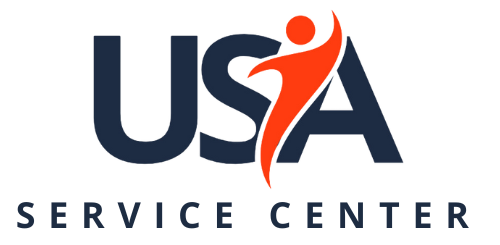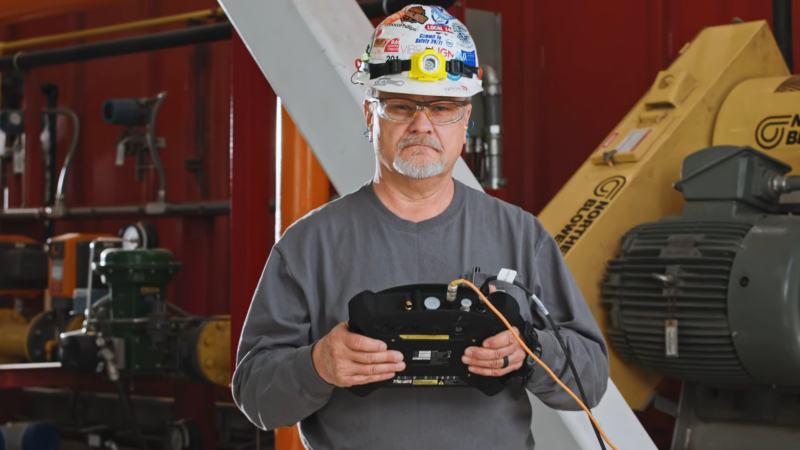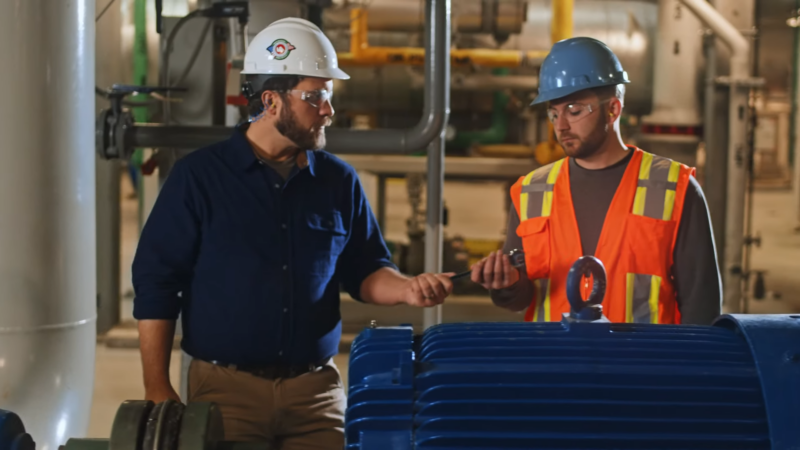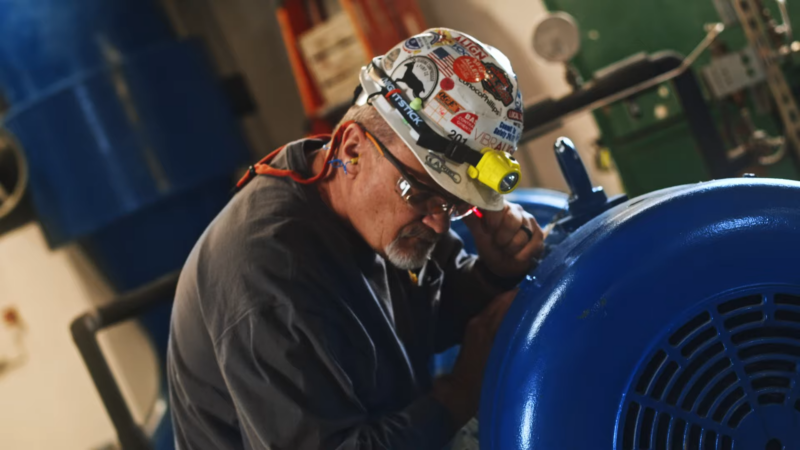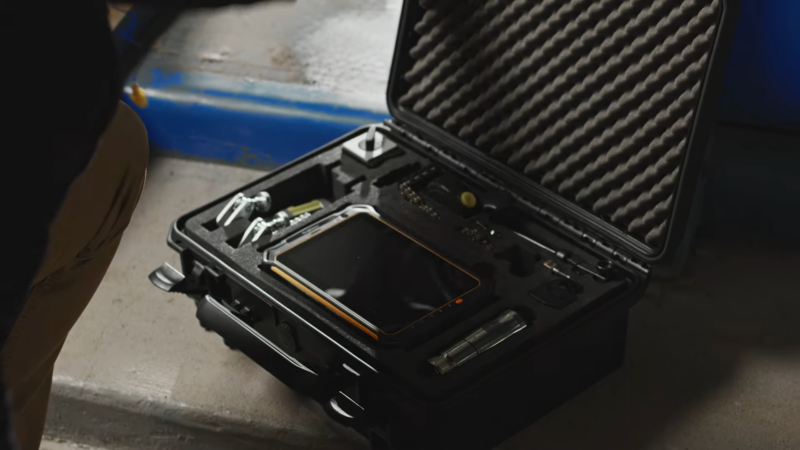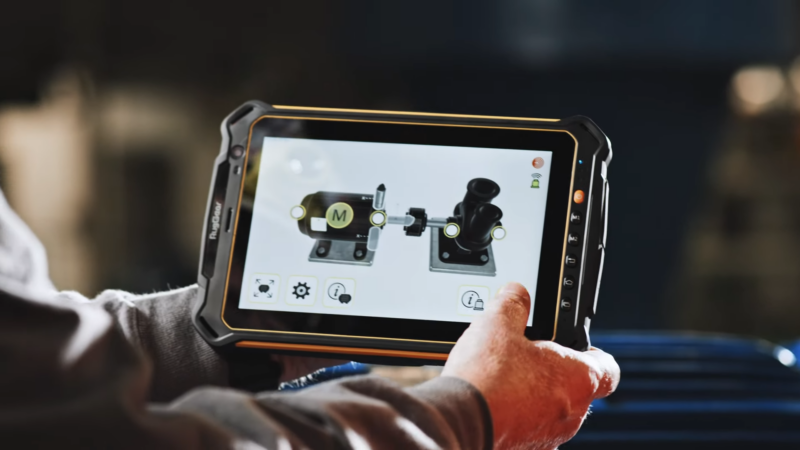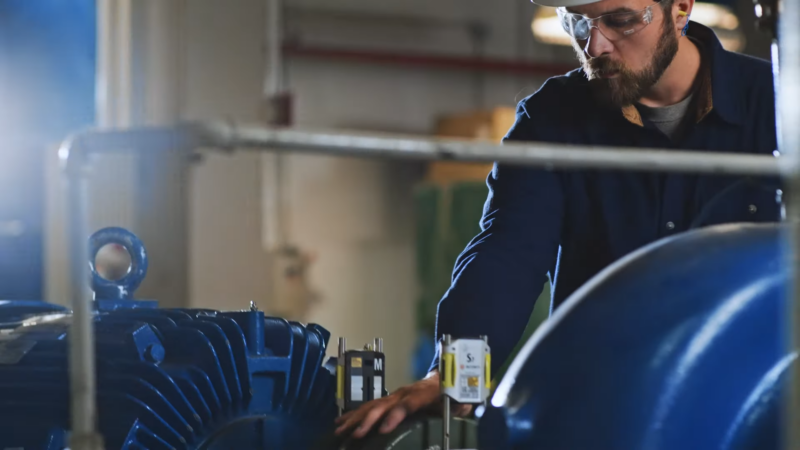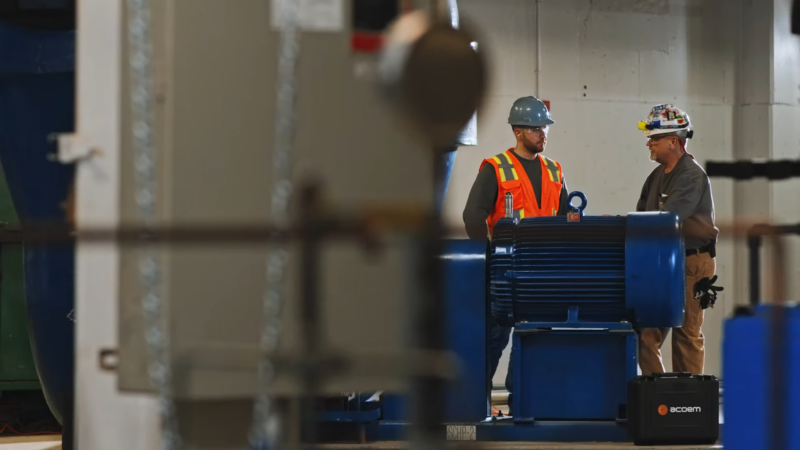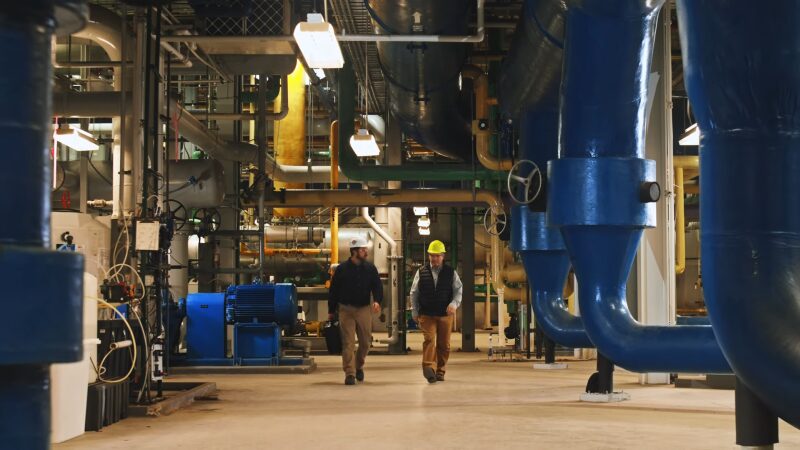Preventive maintenance is a proactive approach to inspecting, servicing, and maintaining equipment or facilities to prevent unexpected breakdowns and costly repairs. This strategy ensures that machinery and systems remain operational, reducing downtime and extending their lifespan.
By implementing preventive measures, businesses can schedule maintenance activities during low production periods, minimizing the impact on operations.
This method contrasts sharply with reactive maintenance, which addresses issues only after equipment failures occur. Companies adopting preventive maintenance gain the advantage of planning and executing repairs in a controlled manner. This not only enhances equipment reliability but also allows for more efficient resource allocation.
Definition and Scope
Preventive maintenance (PM) refers to the systematic inspection, detection, and correction of potential failures before they occur. It involves scheduled actions such as inspections, adjustments, cleaning, lubrication, and parts replacement. This proactive approach aims to extend the lifespan of equipment, improve safety, and reduce unplanned downtime.
Key components of preventive maintenance include:
- Scheduling: Based on either time intervals or usage metrics.
- Task Types: Routine inspections and maintenance tasks.
- Objectives: Avoid unexpected breakdowns and improve operational efficiency.
While preventive maintenance is often contrasted with reactive maintenance, it proves cost-effective over time due to fewer emergency repairs, and reduced operational disruptions.
Importance of Preventive Maintenance
Implementing preventive maintenance can lead to substantial cost savings. By scheduling regular inspections and servicing, facilities can avoid the high expenses associated with large-scale repairs or replacements. Planned maintenance activities are typically less costly than emergency fixes, which often require expedited labor and parts.
Additionally, preventive maintenance can optimize the use of resources by preventing overuse or deterioration of equipment. This proactive approach ensures that machinery operates efficiently, reducing energy consumption and utility bills.
The importance of cost efficiency becomes evident when considering the potential savings over time, transforming maintenance expenses into manageable, predictable costs.
Operational Reliability
Operational reliability is significantly enhanced through a preventive maintenance strategy. Regular checks and maintenance activities ensure equipment functions correctly, minimizing the risk of unexpected breakdowns. This consistency leads to uninterrupted production schedules and steady output levels.
A reliable operation reduces downtime, which is critical in maintaining productivity and meeting deadlines. Moreover, having well-maintained equipment means fewer disruptions and less time spent on troubleshooting issues. This increased reliability also contributes to customer satisfaction, as it ensures that products are delivered on time and meet quality standards.
Safety Enhancement
Preventive maintenance plays a crucial role in enhancing safety in the workplace. Regular maintenance checks help identify and mitigate potential hazards before they result in accidents or injuries. Well-maintained equipment is less likely to malfunction, reducing the risk of workplace incidents.
Enhancing equipment safety also leads to a safer environment for employees, which can improve morale and productivity. Employers that prioritize safety through preventive maintenance demonstrate their commitment to their workers’ well-being.
This proactive approach not only prevents accidents but also complies with safety regulations, avoiding legal issues and potential fines.
Asset Life Extension
Extending the life of assets is another significant benefit of preventive maintenance. Regular servicing and inspections help keep equipment in optimal condition, delaying the need for costly replacements. By addressing minor wear and tear early, businesses can avoid major breakdowns that could shorten the lifespan of their assets.
This approach maximizes the return on investment for machinery and equipment. It ensures that all assets remain functional and productive for as long as possible. Furthermore, maintaining equipment proactively can result in higher resale values if assets are ever sold, offering additional financial benefits.
4 Key Components of Effective Preventive Maintenance
1. Regular Inspections
Regular inspections are the foundation of preventive maintenance. These inspections help identify potential problems before they become significant issues. The process involves checking equipment and machinery for signs of wear and tear, leaks, or other abnormalities.
Regular maintenance prevents major air conditioner failures, ensuring optimal performance and longevity.
Using a standardized checklist during inspections ensures that nothing is overlooked. Inspections should be performed by trained personnel familiar with the equipment. Early detection of issues can prevent unexpected breakdowns and costly repairs. Consistent documentation of inspection results helps track equipment condition over time.
2. Scheduled Servicing
Scheduled servicing involves routine maintenance tasks performed at specific intervals. This proactive approach keeps equipment running smoothly and can include tasks such as lubrication, calibration, and cleaning. Following manufacturer recommendations for service intervals is essential.
Equipment downtime for scheduled servicing should be coordinated to minimize disruption. Keeping a detailed maintenance schedule helps ensure that all necessary tasks are performed on time. By conducting regular servicing, facilities can extend the lifespan of their equipment and improve overall efficiency.
3. Condition Monitoring
Condition monitoring uses advanced techniques to assess equipment health. This method involves continuously or periodically measuring parameters such as vibration, temperature, and oil quality to detect deviations from normal operating conditions.
Technologies like thermography, ultrasonics, and oil analysis are often used. Early detection of anomalies through condition monitoring allows for timely maintenance actions. Implementing a robust condition monitoring program requires investment in the right tools and training but greatly enhances the ability to maintain reliability.
4. Parts Replacement and Repair
Timely parts replacement and repair are crucial to effective preventive maintenance. It involves replacing worn or damaged components before they cause equipment failure. This proactive approach reduces the risk of unscheduled downtime and extends the operational life of machinery.
Professional refrigerator repair services exemplify this strategy by providing expert care and ensuring the longevity of refrigeration units.
Maintaining an inventory of critical spare parts ensures availability when needed. Detailed records of parts usage and replacement history help optimize inventory levels. Skilled technicians should perform repairs to ensure quality and reliability. By prioritizing parts replacement and repair, facilities can maintain high levels of operational efficiency.
Implementing Preventive Maintenance
Developing a Strategy
The first step in implementing preventive maintenance is to develop a well-structured strategy. This involves assessing all equipment and identifying which items are critical to operations. Companies need to decide on maintenance tasks and frequency based on equipment usage and failure history.
Using tools such as Computerized Maintenance Management Systems (CMMS) can enhance planning by tracking equipment data. Additionally, budget considerations, resource allocation, and defining clear objectives are essential elements in forming a reliable strategy.
Employee Training
Employee competency is vital for a successful preventive maintenance program. Training should cover the proper use of tools and equipment, safety protocols, and maintenance procedures. Employees need to understand the importance of preventive maintenance and how it prevents unexpected failures.
Regular workshops and certifications can keep staff updated on new techniques and technologies. Empowering employees with the right knowledge and skills will ensure that maintenance tasks are performed efficiently and safely.
Preventive Maintenance Scheduling
Effective scheduling is crucial to avoid disruptions. Maintenance tasks should be planned during non-peak hours to minimize interference with operations. Scheduling tools like CMMS help in automating this process by setting reminders and notifications for upcoming tasks.
It’s important to find a balance between too-frequent and too-infrequent maintenance. Over-maintenance can waste resources, whereas under-maintenance can lead to equipment failure. Proper scheduling ensures optimal use of resources and maintains equipment reliability.
Maintenance Tracking and Evaluation
Continuous tracking and evaluation of maintenance activities help organizations refine their preventive maintenance programs. Key performance indicators (KPIs) such as mean time between failures (MTBF) and mean time to repair (MTTR) provide insights into program effectiveness.
Employing analytics tools to monitor performance and conducting regular audits can identify areas for improvement. Feedback from maintenance staff and periodic reviews of maintenance logs contribute to enhancing the preventive maintenance strategy.
Using data-driven approaches, companies can ensure that their preventive maintenance activities are aligned with operational goals and continually improve efficiency.
